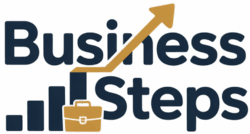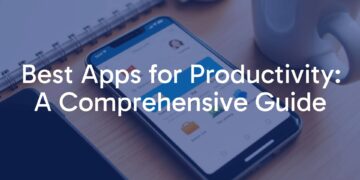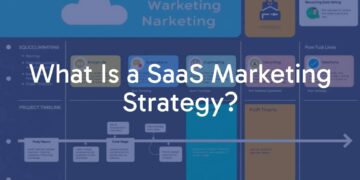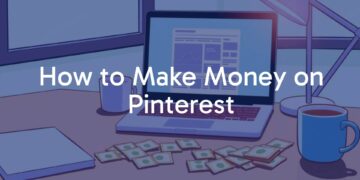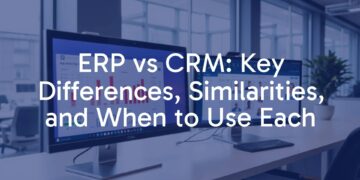Justin Cameron an ex Telecom and Internet investment banker, having worked for industry heavyweights Credit Suisse and Merrill Lynch saw an opportunity in the e-commerce space in early 2006 to establish one of the first Online Action Sports retailers globally.
Fast forward 10 years and Justin had built SurfStitch into a Global Operation with over 500 staff and a listing on the Australian Stock Exchange valuing the company at over $500m. Justin Cameron tells us about his journey from sleepless nights of a startup to dealing with private equity giants TPG and Index Ventures and on to an IPO.
What factors lead you to establish the SurfStitch business?
Having grown up on Sydney’s Northern Beaches and attending a high school only a mile from the beach I was always destined to do something in life associated with surfing. After finishing a Commerce Degree at Sydney University I went straight into the Investment Banking world working for powerful US banks Merrill Lynch and Credit Suisse First Boston.
It was early 2000 and I witnessed the opportunities the Internet and Telecom companies were creating in E-commerce and quickly saw an opportunity to establish a leading Online Action Sports business operating out of Australia. The rest they say is history!
Tell us about the initial startup years
Like all startups, there were huge highs and at the same time significant lows. Initially, we had built a platform and leased a warehouse and had over 20 staff, however, were unable to source the inventory. Thankfully at the 11th hour a side door opened to the CEO of the largest supplier in the industry through one my investment banking contacts. A lot of hard discussions and persistence and we had supply. This thankfully lead the rest of the industry to follow.
Before long we had a warehouse complete with stock from all the major suppliers in the Action Sports industry and began our aggressive marketing campaign. It was the early days of google marketing so we were lucky to have next to no competitors in our space bidding on key terms. The ROI was over 10x in the first 2 years which saw our revenues grow from $2m in the first year to over $20m in 3 years.
Not long into the startup phase and the supplier that provided us the initial inventory approached us around an acquisition of the business. It was early 2010 and Billabong Group (the largest Action Sports supplier globally) was looking into accelerating its ecommerce capabilities. It viewed SurfStitch as the engine for this growth and before long we had consummated a transaction which would see SurfStitch rolled out Globally and its technology utilised by the Billabong Group to move directly to consumer on its brands
How did the transaction with Billabong evolve?
Billabong initially approached us around an acquisition of the entire business. However, given the potential we viewed for the business we felt we would be leaving too much on the table if we agreed to a whole of business transaction.
So initially we agreed to a minority interest acquisition which provided put and call options for future equity interest sales of the business to Billabong. This was important as it provided the necessary capital for the business to accelerate its growth, whilst at the same time providing control
of the business to execute on our business plan. The partnership resulted in over $20m in financing being provide to the business to grow in Australasia and Europe.
In hindsight this proved to be the correct decision as over the proceeding 3 years Billabong underwent a major business restructuring which resulted in a process of agreed sale of their shareholding in the SurfStitch Group
What were the challenges of the Billabong exit as a shareholder from SurfStitch?
Notwithstanding the fact that Billabong was experiencing a seriously challenging financial environment due to an excessive debt burden, we had to contend with managing a selldown that dealt with not only the Board of Billabong but also the management consultants it had employed.
What was the process that was undertaken for the share sale?
The process began under a dual track scenario of Trade sale and private equity investment. Initially we focussed on the Private Equity markets which saw meetings with major global players including Index Ventures, TPG and Tiger.
It was an amazing learning experience. It required extreme focus on not only the fundementals of the SurfStitch business, however more importantly an acute awareness of the growing global opportunity of E-Commerce. The scale of the opportunity and the consumer benefits it would deliver.
As part of the share sale it was also required that we engage with potential trade partners. Again we were lucky enough to be exposed to Australia’s two largest conglomerate retailers.
With a focus on Private Equity, where we saw the most value for our future as an independent business we received two offers. One that met our expectations and excitedly we had assumed a completed deal (we even had a celebratory dinner with the Group), only to learn in the morning that the US parent had changed its view on Ecommerce. Two large listed entities had witnessed a share price fall of over 30% that night!
After this we had to scramble to find a solution that would see us hold onto future ownership of the Group. This lead to us considering the prospect of an IPO
How did the IPO process unfold and what were some of your learnings?
The IPO process is a challenging and distracting process. Whilst having to focus on a business growing at over 100% YoY, we also had to manage the price expectations of a selling shareholder as well as the markets perceptions on Ecommerce. We were the first Ecommerce operation in Australia to look at listing.
Despite the myriad of roadblocks we managed to stumble through the process of buying out Billabong’s interest in SurfStitch, buyout the largest Action Sports ecommerce operator in Europe (Surfdome) from the Quiksilver Group and acquire the largest Action Sport ecommerce operator in USA from Billabong Group. This at the same time as running a roadshow to raise $65m in pre IPO funding and appoint a completely new board for the Group.
Excitedly we launched our IPO in December 2014 with the business soon valued at over $500m
The next part of this interview continues with Justin’s post listing experience.
